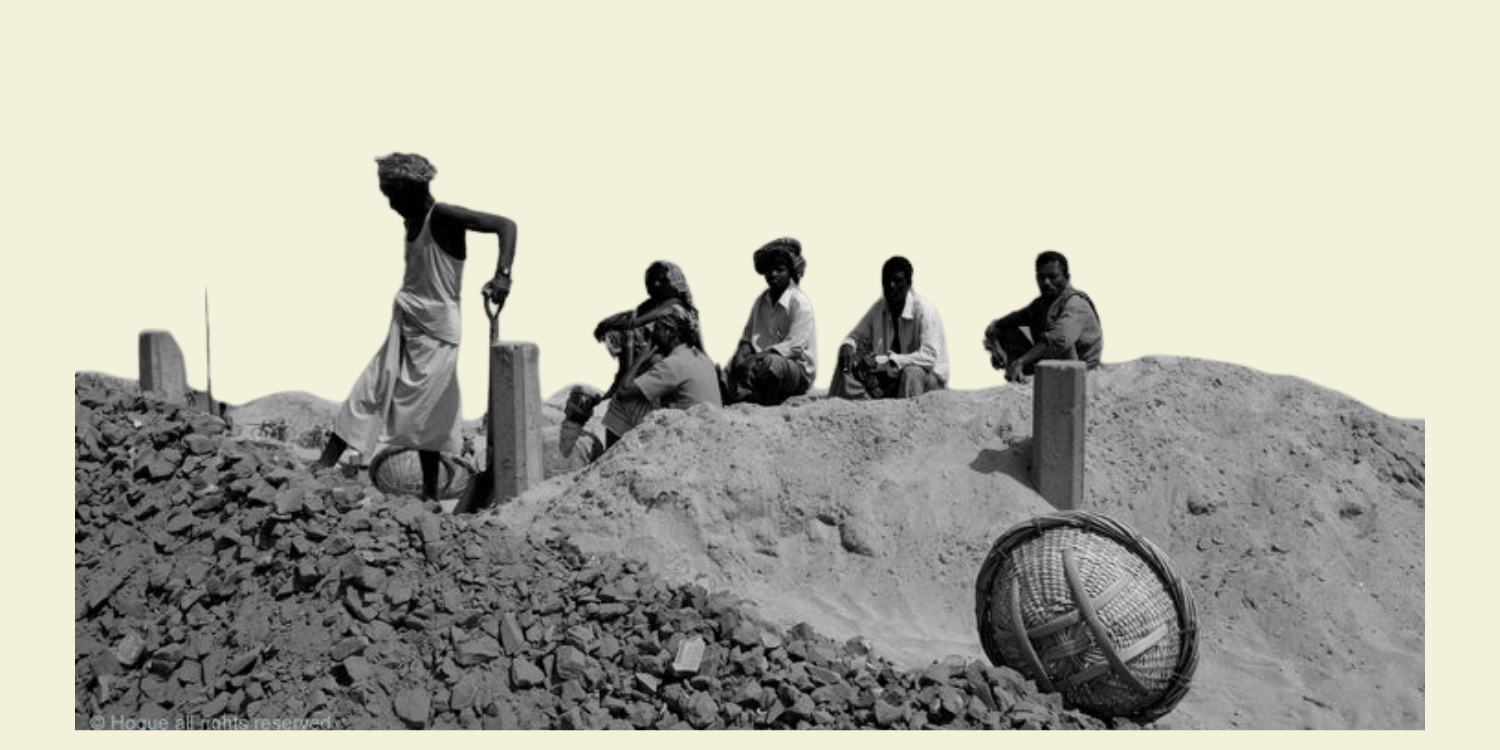ABSTRACT
Female Maoists constitute a substantial 60% of the total cadres and occupy almost all operational and tactical positions responsible for sustaining the rebellion. This paper details the gendered motivators that have driven women in India’s red corridor to join the Maoist ranks. It also sheds light on the state’s current discourse around women’s participation and how welfare policies offer people in the red corridor a chance at long-term peace by closing the divide between the state and female Maoists. It concludes that the state should incorporate gender equality as a counter-terrorism measure for a comprehensive response to the protracted issue.
INTRODUCTION
On Women’s Day 2020, Odisha’s Malkangiri district police honoured Debe Sodi, a former female Maoist, along with fifteen other surrenderers. The police particularly commended the women for leaving the cadres and choosing a non-violent path. Following this, Sodi was offered financial assistance, rehabilitation under a state government scheme, and a free medical check-up (The Hindu 2020). This also marked one of the first acknowledgements by the security apparatus that female Maoists are a sizable group to gratify with incentives that recognise their socio-economic grievances.
For a security threat, especially one with a sizable number of female combatants, embracing the woman question should be central to reaching the stage of conflict transformation in Maoist-affected areas. However, most of the state’s traditional counter-terrorism measures fall short since they view Maoist motivations from a solely masculinist perspective. This is second nature in a society that perceives men as the human default, thereby also modelling its security responses without accounting for female combatants and their varying motivators and actions.
Perez (2019) calls this the ‘male-unless-indicated-otherwise’ approach. This approach creates a chasm between policy and data responses of the state because it renders motivations of both genders the same, despite indications that it might not be so. In line with this, this paper asserts that the government response to violence in the red corridor misses the mark since it overlooks the role of gender inequality which pushes women in and out of the Maoist forces.





